It sounds made up.
In the wilderness of British Columbia, a two hour drive from any town with cell reception, sits a ghost town.
Not only a ghost town, but a ghost town that was built for $50 million in 1981, only to be shut down a year later.
Not only that, but a ghost town that was built for families, from the community centre to the curling rink, the grocery store to the pub.
Not only that, but a ghost town that has been fully preserved: the roofs redone, the rooms dusted, as much kept in its place as it was 40 years ago, right down to the medical equipment in the hospital and the children’s toys in the daycare.
Like I said, it sounds made up.
But Kitsault is real. You can visit.
So I did.




The story of Kitsault, summarized:
In the late 1970s, the American Metal Company placed a bet on mining molybdenum in Mount Widdzech, next to an inlet about 900 kilometres north of Vancouver.
It is a long way from any major city, and not accessible by road, so the company did what must have seemed logical: built a town pretty much from scratch, in an attempt to make a place that workers would want build a life in.
A couple of apartments and hospital remained from a work camp attempted a decade prior, but the rest was all new — a school and a gym, a mall and a community centre, apartments and single-family homes, winding roads and cute street lights.
If it looks like an EPCOT pavilion for small-town middle-class Canadiana in 1980, well, that’s what it was. A planned community, built for young families with a sense of adventure, people who wanted to take a flyer on an chance amongst the trees and waterfalls and bears of the west coast.
But just as soon as the 1500 or so residents started to form a community in Kitsault, the price of molybdenum began to crash. In mid-1981 the town opened. In mid-1982 the local newspaper had a front page story about the mall opening, but at the bottom of the page there was a notice saying operations at the mine would be suspended for a month.
In late 1982, the mine closed. A short time later, in early 1983, everyone was ordered to leave town.




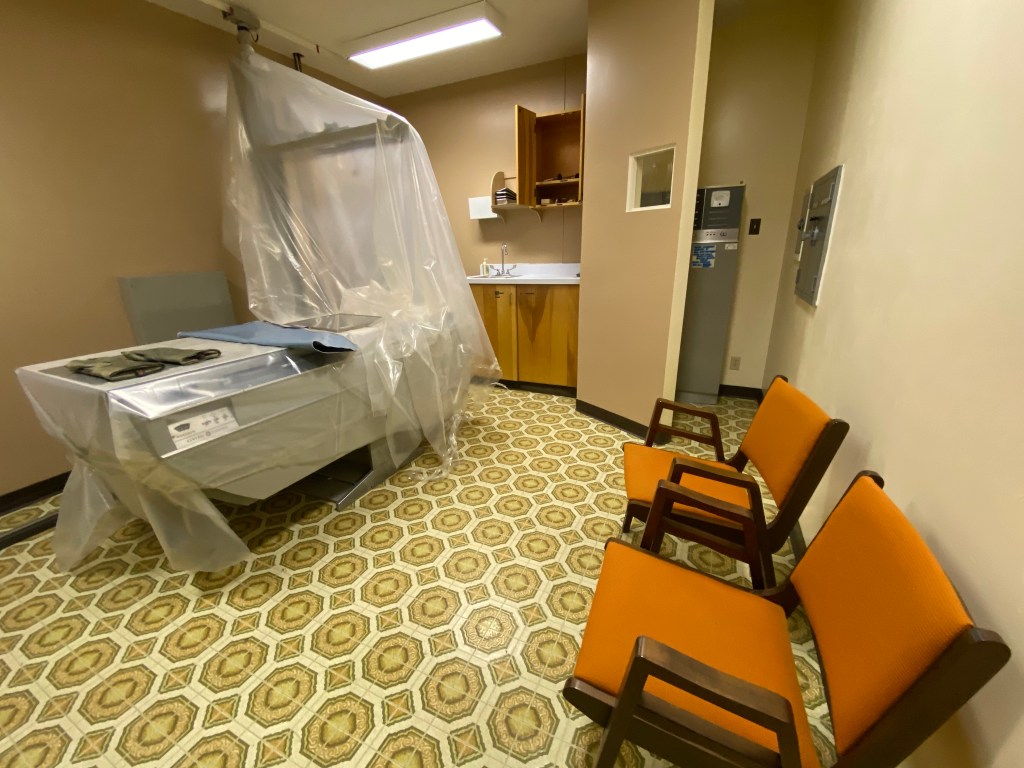
There Kitsault would have ended, or at least decayed and been taken over by nature like so many ghost towns, if not for a collection of improbable twists of fate.
Because the town was so isolated and the company so eager to evacuate everyone, much of the infrastructure and equipment was left behind.
And because the company held faint hopes of a rebirth for the mine, a caretaker was left in charge of basic maintenance of the property.
And when the company eventually sold the property at the start of the 21st century, it was purchased by an American millionaire who decided to increase maintenance, pouring six figures each year into keeping the homes dry and the buildings clean, a group of around 10 caretakers fixing the roofs and rehabilitating things like the curling rink and swimming pool.
The caretakers allow a few dozen guests each year, through a former University of Northern B.C. program coordinator who organizes tours.
Which means, for a fee, you can drive two hours down a barely passable road. The caretakers will open the locked gates, and let you into a time capsule that you can sleep in overnight.
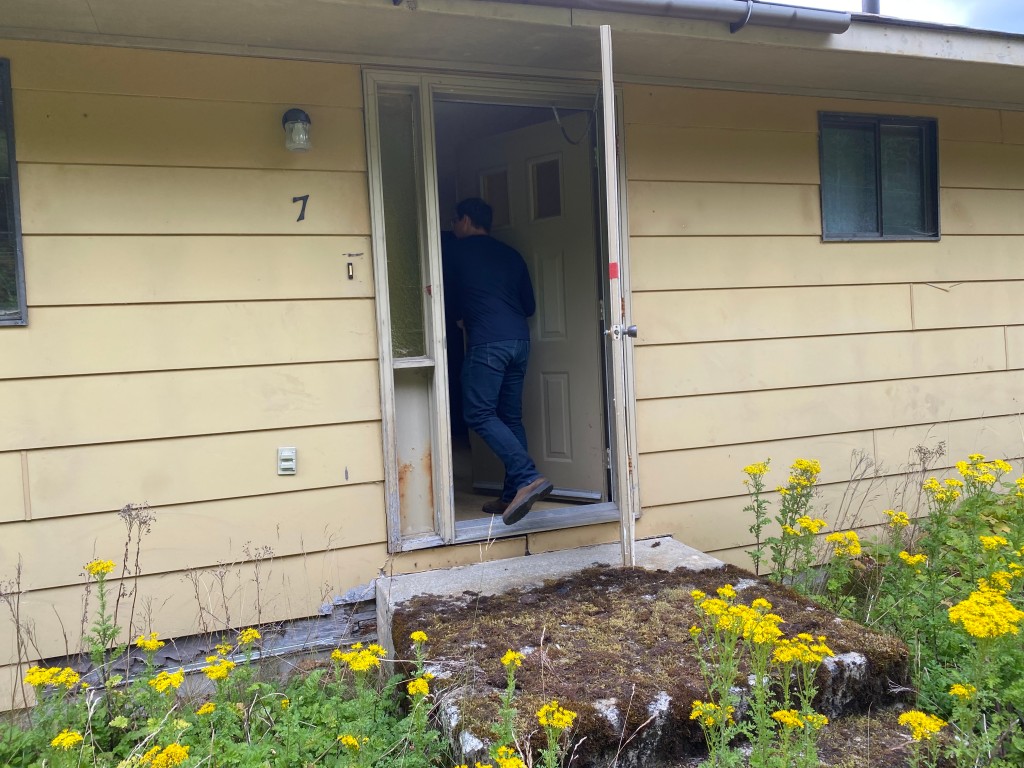





The magic trick of Kitsault is just how ordinary it can seem.
The homes are filled with lush burgundy carpets and harvest gold appliances. The mall has a low ceiling and brown floor tiles. Put Kitsault on the suburban outskirts of dozens of towns that had a population expansion in 1981, and it comfortably fits in.
Of course, the town is completely empty, and in one sense that’s what makes it unique. You can open up nearly every home, explore every outlet in the mall, and feel like you’re in Canada’s largest museum exhibit.
But it’s when the humanity breaks through that Kitsault is at its most powerful.
In the Royal Bank, there’s a sign announcing the last day of operations. In the library, there are due date cards showing which books were taken out most. In the hospital, there’s an ashtray in the waiting room.
Go into most of the homes, and you’ll see the same design: a top floor with a living room, adjoining kitchen, two or three non-descript bedrooms, with an unfinished basement below.
At least, most of them. Some of those bedrooms have the Smurfs or comics of baby superheroes as wallpaper. Some of the basements will be partially renovated; a rec room starting to come to fruition.
And outside, there’s always a maple tree next to each house, towering over the foot-long grass.
Look at photos of Kitsault when it was built, and you can see all those trees planted at the same time, ready to grow up with the families inside them.
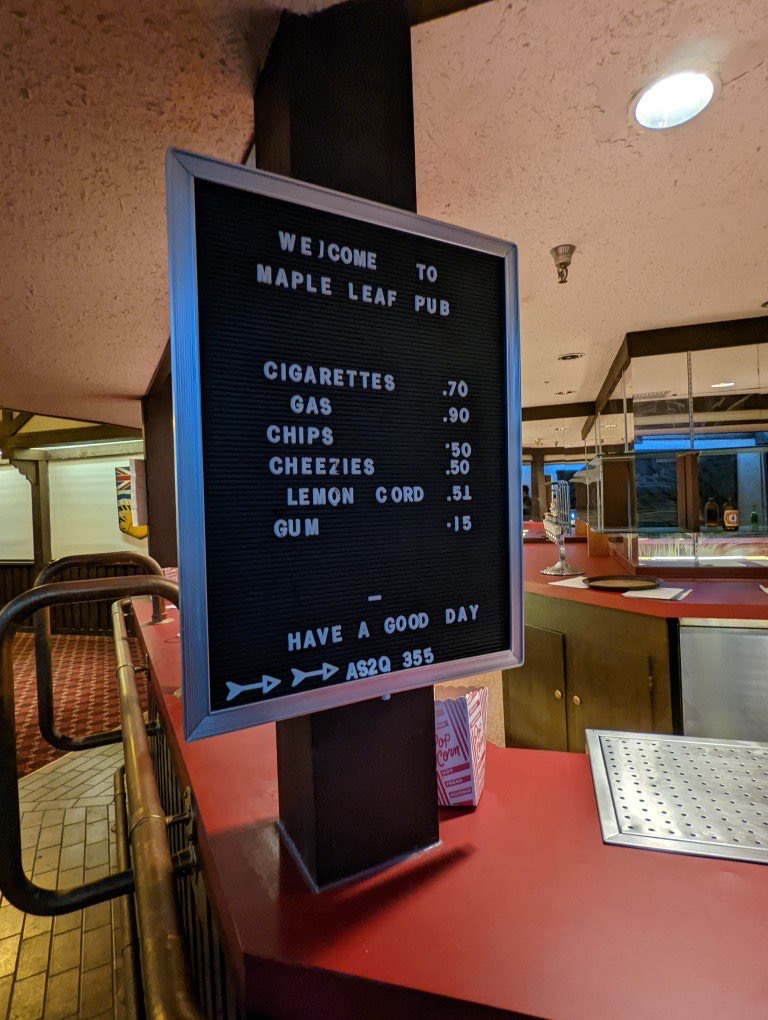




Every story about Kitsault includes a tantalizing section at the end speculating about its future.
It’s easy to be excited about what it could be, how 100 well-maintained affordable homes and a few mid-sized apartments, connected to the power grid with running water, could become more than, as a friend put it, “a B.C. Chernobyl but someone is changing all the light bulbs.”
The current owner has talked about it becoming a spiritual centre, a wellness retreat, an LNG facility, and much more.
Nothing has really taken hold, but the owner continues to funnel in money to preserve Kitsault in case something materializes.
The longer Kitsault has survived, the stranger it seems, and the more interesting it becomes: a replica of a 1980s village in the middle of nowhere might have been a curiosity in 2002, but in 2022 it’s downright historic.
They don’t make ghost towns anymore: temporary work camps have replaced planned communities for companies exploiting resources in remote parts of the country.
One can wonder about how long it can last, or what could replace it.
I will simply be grateful I was able to see it for myself.
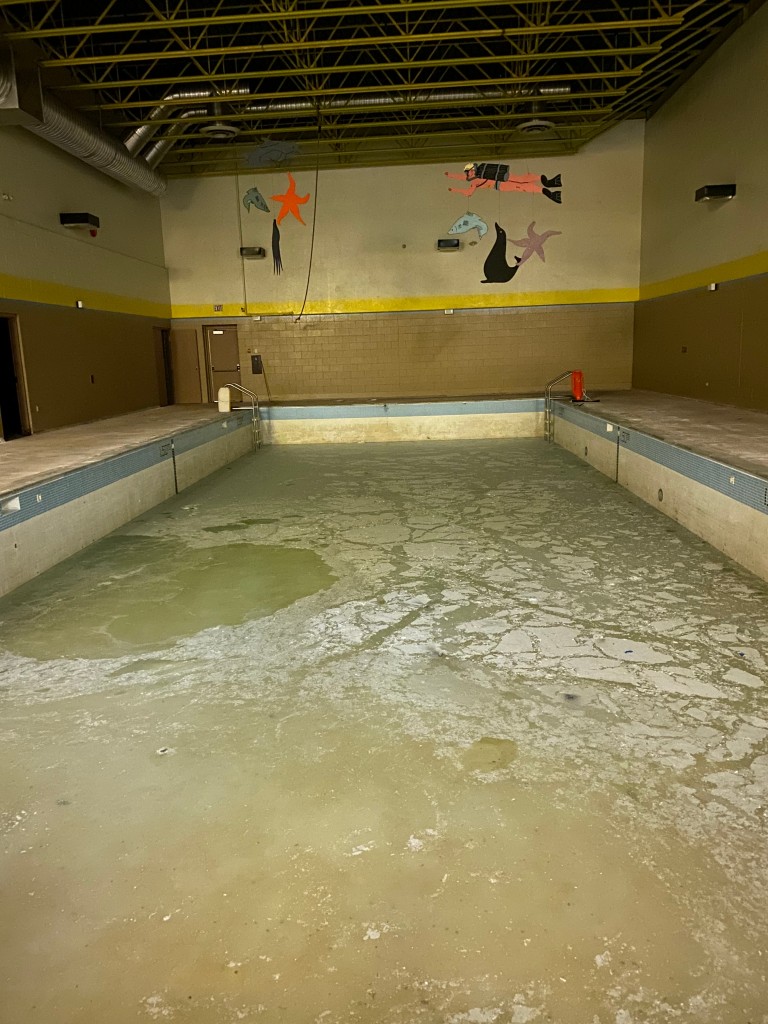




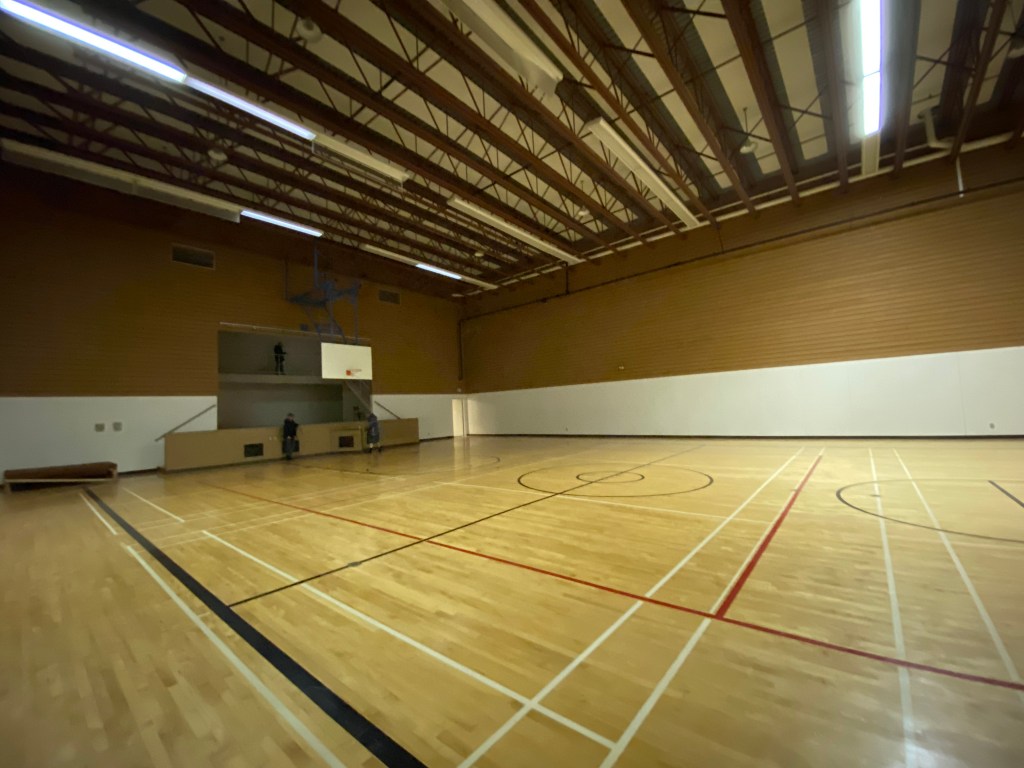


Categories: Features

Absolutely fantastic that there are people who still care and are prepared to put money into something where at the moment there is no financial return. The town looks like it’s in better condition than most of our cities.
I worked there did my trade there great experience lived in camp lower B2 postoffice box 104 Kitsault BC the late George MORRIS WAS MY FOREMEN THE SHOPS WERE AT THE TOP OF THE HILL TOOK THE BUS THERE EVERY DAY GREGORY
BURNS
Justin thanks for sharing your Kitssult, BC Ghost Town with 1980’s decor.
I had a flashback to go my youth. My mom chose the “green” option.
I enjoyed your interview with The Bug Story
How interesting, never knew this place existed. That town has more still being cared, for than we have in small town Nova Scotia. We have been trying to get a new community centre for years. Thanks for sharing.
I’ll bet there will be recovery in this, something will happen: minerals, satellite internet, warming climate for 3rd tier volume crops, etc
Who do you contact to visit Kitsault?
It was the summer of 1981 and I worked there with a crew from Johnson Landscaping, out of Vancouver. The company was contracted to sculp lawns and drainage swails for the homes, and plant trees on the lawns. I was hired as a summer student, between my first and second year of university. I got the job through my brother-in-law who worked for Johnson.
While I was there, families were beginning to move in, and they were excited about this new community in the middle of paradise. It was busy enough, for a small town, and there were many jobs being done at the same time to make the town more hospitable for new residents.
I remember going to the rear of the homes as we cleared the properties to ready then for sod and/or grass seed and I would see gigantic bear paw prints in the mud leading up to the homes. I was thankful to be working with a bulldozer operator whose machine noise no doubt kept the wildlife at a safe distance during the day. Despite that, I never worked with my back to the forest, as I didn’t want any surprises.
There were many young people like me working in the town. Many did various jobs for the AMAX mine, making ridiculously high amounts of money. Some drove gigantic dump trucks and told harrowing stories of operating those machines next to precarious cliffs. Some did contractor work of all kinds related to building the homes. Some drove dump trucks, like Rudy, and they loved the lifestyle. Rudy was a lot like a young Nick Nolte character, and quite rough around the edges.
One day the RCMP came in by float plane to arrest a worker who like us, lived in the sprawling bunkhouse complex. The two constables were understandably nervous in such an isolated environment. I was asked, along with a few other labourers, to help them make the arrest. Rudy joined the two officers as they breached the suspect’s front door. I, along with a coworker, was tasked with guarding the back window of the suspect’s room, in case he was to leap through it to evade arrest. We stood nervously outside, not knowing what to expect. Thankfully, Rudy helped the two officers make a speedy takedown through the front door.
Kitsault was beautiful. Unspoiled wilderness in every direction. A rugged waterfront that was busy with float planes coming and going, as well as barges bringing in building materials, groceries, and beer. Plenty of beer. Good times and great memories.
Nice article. I’ve often thought that Kitsault or Ocean Falls should be revived and set up to treat drug addicts from Vancouver and Victoria who need to be taken care of outside the city environment they “thrive” in.
Only when they break the cycle will there be hope for proper rehabilitation.
The cost some say will be too much. But consider the cost of the drug problem as it exists. Broken lives, breaking, crime, killings, overdose deaths etc.
Many medical people would love to live in Kitsault if they had a purpose.
Cost of maintenance could be offset by giving skills and training to the recovering people. Jobs like maintenance, cleaning, painting, cooking, laundry and even child care will give the residents some self worth and confidence. After say 6 to 12 months they can go back to their lives but will be permanently changed to grow into better lifestyle and set an example to other addicts who want help.
If only somebody in the BC government would pay attention I have many details to provide.
I hope somebody out there is listening.
Robert Fair
White Rock or Costa Rica
Bobfair308@gmail.com
you could have a canabis company there
hempshirefarms22017@hotmail.com
780 993 8760
call me please